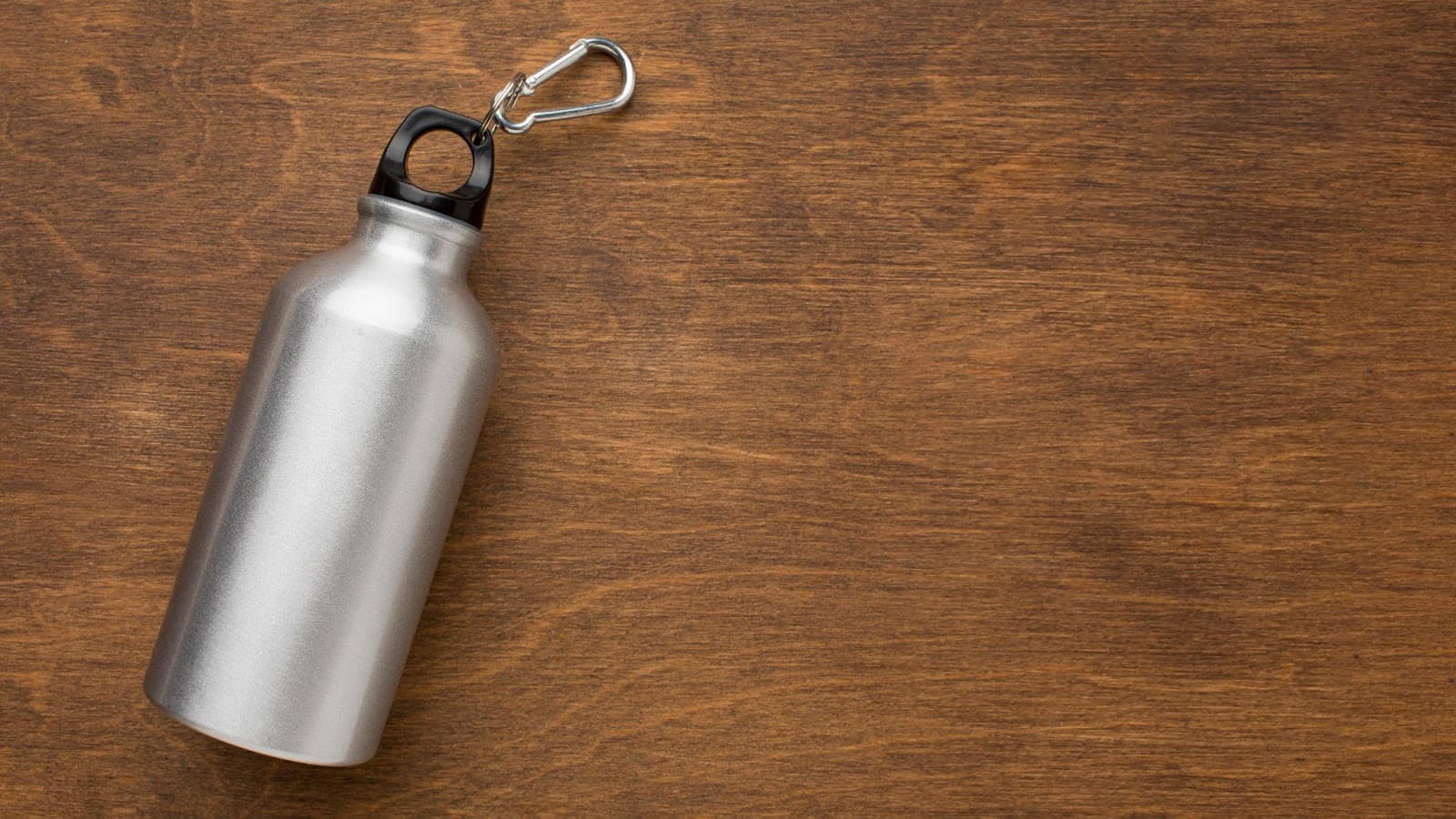Vacuum flasks have become a daily essential for millions of people worldwide. Whether it’s keeping your morning coffee hot during a long commute or ensuring cold water stays chilled on a summer hike, a well-made vacuum flask is all about reliability. But behind this convenience lies a careful manufacturing process that combines engineering precision, advanced materials, and strict quality control.
A trusted vacuum flask manufacturer plays a vital role in ensuring these products meet high standards of performance and durability. Let’s take a look inside how high-quality vacuum flasks are actually made.
The Core Principle: How a Vacuum Flask Works
Before diving into factory production, it’s worth understanding what makes a vacuum flask effective. The design revolves around insulation. A flask typically has two stainless steel walls with a vacuum layer in between. Because there’s almost no air between these walls, heat transfer through conduction and convection is drastically reduced. As a result, hot drinks remain hot, and cold drinks stay cold for many hours.
This principle has been around since the early 1900s, but modern factories have refined the process with advanced machinery, durable materials, and precise testing.
Step 1: Material Selection
The journey of a vacuum flask begins with raw materials, mainly stainless steel. High-grade stainless steel, often 304 or 316 food-grade, is chosen for its durability, rust resistance, and safety for food contact. Some parts may include food-safe plastics, silicone seals, and occasionally copper coating to enhance insulation.
Factories carefully evaluate suppliers for consistency because even a slight compromise in material quality can affect the flask’s performance and lifespan.
Step 2: Forming the Inner and Outer Walls
The next step involves shaping the steel into the inner and outer walls. This is usually done with deep-drawing machines that press flat steel sheets into seamless cylindrical shapes. These cylinders will later be paired to create the double-wall structure.
The inner wall must be lightweight but strong enough to handle temperature changes, while the outer wall is designed to protect against dents and scratches. Precision here is critical—if the walls are uneven, insulation performance will suffer.
Step 3: Creating the Vacuum Seal
This stage is what truly makes a flask a vacuum flask. Once the inner and outer walls are formed, they are welded together at the neck, leaving a gap between them. Specialized equipment then extracts air from this gap, creating the vacuum.
To further enhance insulation, some manufacturers add a copper or aluminum coating to the inner wall, which reflects heat back into the liquid. This combination of vacuum insulation and reflective coating ensures maximum temperature retention.
Step 4: Adding the Lid and Seals
A vacuum flask is only as good as its lid. The lid must lock tightly to prevent leaks and preserve insulation. Factories typically use food-grade plastic and silicone gaskets for this purpose.
In premium models, lids are double-sealed and designed with user convenience in mind, such as one-hand operation or built-in strainer systems. Every component is checked to ensure it’s safe, durable, and easy to clean.
Step 5: Testing for Quality and Performance
Perhaps the most crucial step in a vacuum flask factory is quality testing. Each batch undergoes rigorous inspections to ensure it meets safety and insulation standards. Common tests include:
- Temperature retention test: Hot water is poured into the flask, and temperature is measured after several hours.
- Leak-proof test: The flask is tipped and shaken to check for any leakage.
- Durability test: Flasks are dropped or subjected to impact tests to confirm resistance to dents and cracks.
A reliable vacuum flask manufacturer will reject any flask that doesn’t meet strict performance benchmarks. This attention to detail is what separates high-quality products from cheaper imitations.
Step 6: Branding and Finishing Touches
Once a flask passes quality control, it moves to the finishing stage. This may involve polishing, painting, powder coating, or adding custom designs and logos. Many brands also offer flasks in various colors, sizes, and textures to meet consumer preferences.
Finally, the flasks are packaged in protective boxes, ready for distribution worldwide.
Why Manufacturing Quality Matters
The difference between a cheap flask that loses heat within an hour and a premium flask that keeps drinks hot all day comes down to manufacturing quality. From stainless steel selection to the precision of the vacuum seal, every stage plays a role in performance.
For consumers, understanding this process helps in making better buying decisions. Instead of choosing solely based on price, it’s worth considering durability, insulation performance, and brand reputation.
Final Thoughts
Behind every reliable vacuum flask is a detailed production journey that combines science, craftsmanship, and technology. By carefully selecting materials, creating precise vacuum insulation, and maintaining strict quality control, factories ensure that the flask you use every day is built to last.
So the next time you pour hot coffee into your flask before heading to work or sip cold water on a long hike, you’ll know the engineering story behind that simple yet powerful tool.
Also Read-How Waterfront Living Shapes Daily Life





